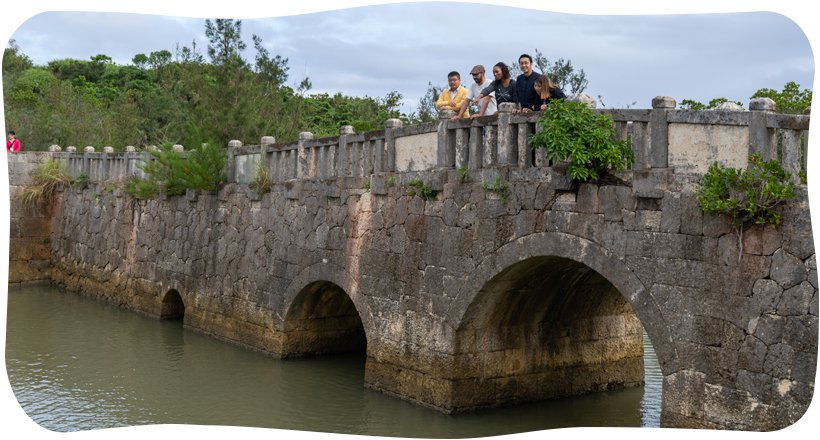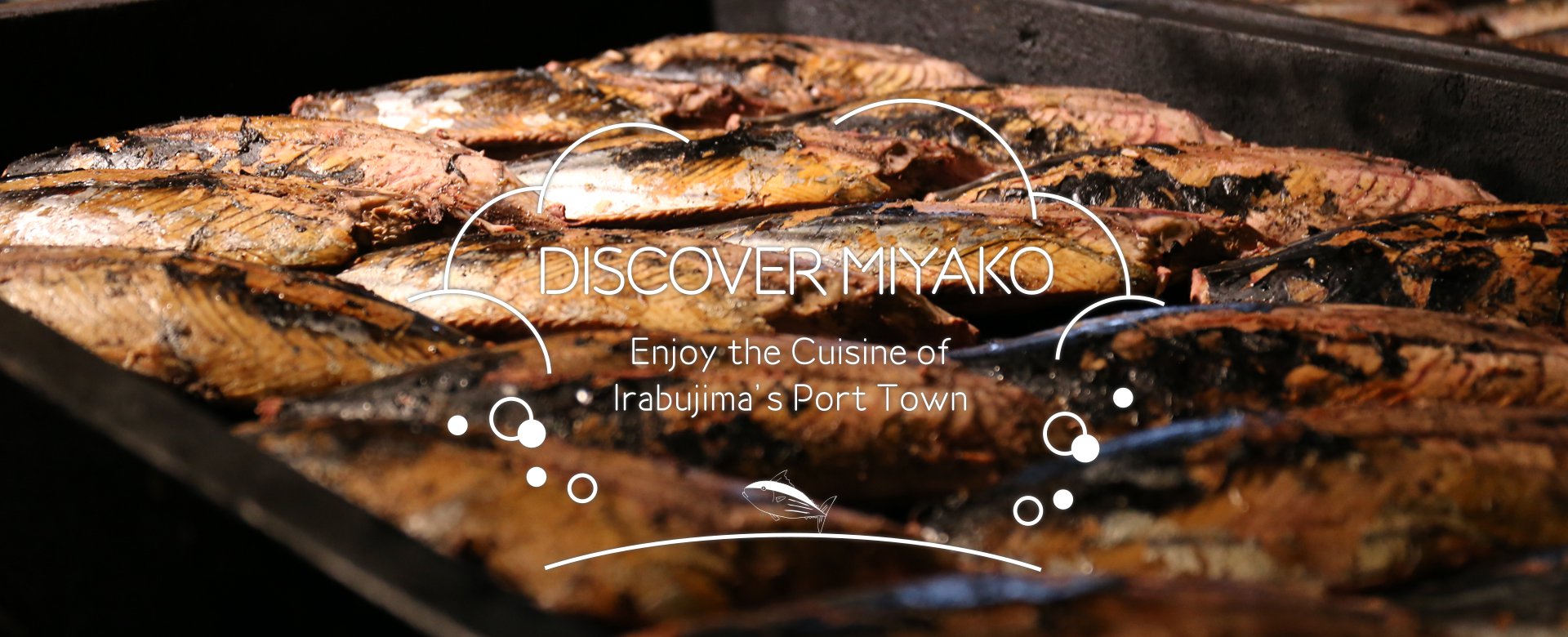
Walk the Pantoux region & Ikema bridge
Go to Pantoux region. Pantoux is a kind of raiho-shin, or the ritual visit of a deity. It has been included on the UNESCO Intangible Cultural Heritage list. This tour allows you to enjoy specialty dishes and the history of Pantoux at a lesser-known eatery in the village and to walk the largest mangrove forest on Miyakojima.
- 66.8km
- 4.5hours
01.Miyakojima City Market
Stay time:20 minutes
After arriving at the Shimojishima Airport, cross the Irabu Bridge and make your way to the public market located in the center of Miyakojima.
This market is like a kitchen, there are fresh vegetables and foods and sweets. All the Miyakojima`s specialty and ingredient gathered at this market. At the outside stands, old local women sell homegrown vegetables and other products. If you see an unfamiliar vegetable, ask how to eat. She will teach you everything. Enjoy shopping and conversations with islanders. This is one of the ways to enjoy the Miyakojima public market.
about10Km
02.Shimajiri Pantoux Store
Stay time:1hour
How about taking a short break at the Pantoux restaurant in the Shimajiri Pantoux Store?
The festival is about the raiho-hin/ritual visit of a deity, the Pantoux, to expel bad spirits. Pantoux has been registered as the UNESCO Intangible Cultural Heritage list. The Pantoux restaurant has menu items relating to the Pantoux. Inside the store, you will see traces of the Pantoux’s sacred mud and important historical documents and more. Pantoux covered with the sacred mud are walking around the streets, putting scared mud on homes, cars and everything else. This looks quite weird but is believed to expel evil. In fact, everyone smiles even when they got mud all over the body. However, the festivity is nothing but terror to children, and their crying and screams are heard every year.
about1.1Km
03.Shimajiri Mangroves
Stay time:30 minutes
Mangroves inhabit Miyakojima and some of the surrounding islands.
The Shimajiri Mangrove Forest, the largest mangrove forest in Miyakojima, is designated a natural treasure by the municipality. As you walk down the trail to arrive at the Shimajiri Mangroves, you will feel you are in a different island, or even a different world. In the mangroves, there are so many creatures to observe. Don’t forget to look for fiddler crabs that has one claw bigger than the other! Make sure to wear comfortable shoes.
about7.3Km
04.Ikema Bridge
Stay time:20 minutes
Visit Ikema Island, the northernmost of the Miyako Islands.
After you cross the Ikema Bridge, you are in Ikema island. The three bridges extending from Miyakojima differ from one another in length and appearance. From Ikema Bridge, the sea looks emerald green with a deep blue color. In the beautiful sea, you will see like big, black square carpets on both sides of the bridge. They are mozuku farms, the specialty of Miyakojima.
about4.2Km
05.Yukishio Museum
Stay time:30 minutes
Yukishio is popular not only in Miyakojima, also in other parts of Japan and overseas.
Yukishio is a salt with the blessings of the Miyakojima’s seas, as it is made from seawater filtered through the layer of Ryukyu limestone. The Yukishio Museum allows visitors to see how the salt is made, and also has a shop selling limited-edition museum items, yukishio items and the popular yukishio ice cream. The yukishio ice cream is popular, so check it out.
about28.5Km
























 weries
weries











